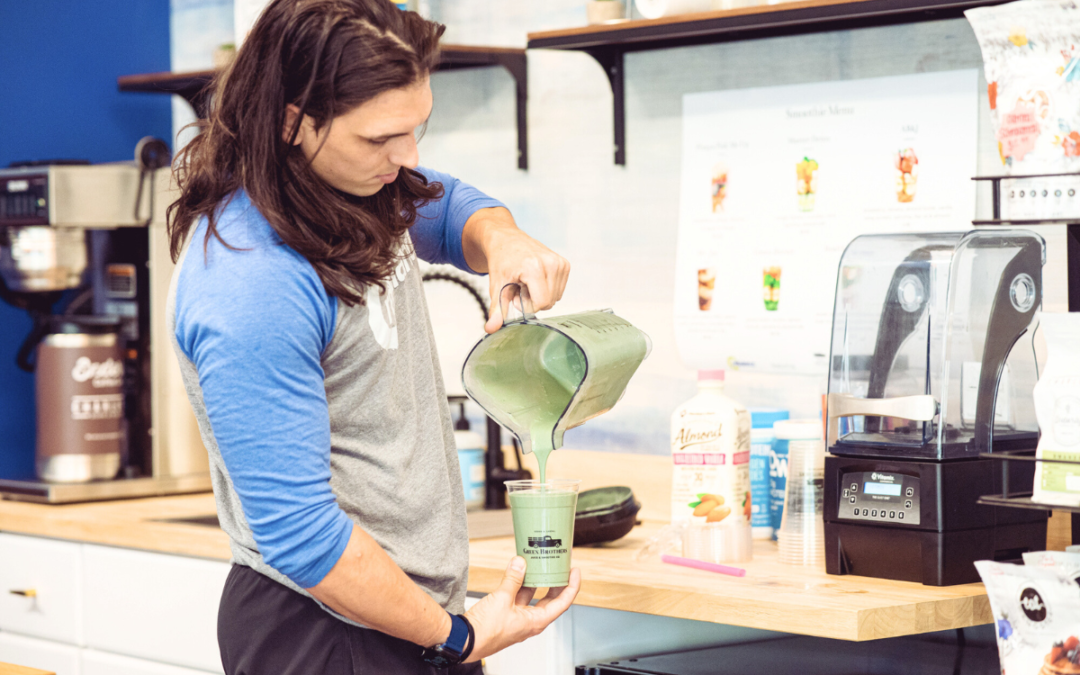Introduction
High-Intensity Interval Training (HIIT) has gained widespread popularity for its efficiency in burning calories and improving overall fitness. As you embark on your HIIT journey, it’s crucial to recognize the importance of proper nutrition to fuel your body for optimal performance and recovery. In this blog post, we’ll explore the key principles of nutrition for HIIT, helping you make informed choices to maximize your workout results.
Pre-Workout Fueling: The Energy Kickstart
Before diving into a HIIT session, it’s essential to provide your body with the right fuel to optimize energy levels. Focus on consuming a balanced meal that includes complex carbohydrates for sustained energy, moderate protein for muscle support, and a small amount of healthy fats. Aim to eat at least 1-2 hours before your workout to allow for digestion.
Hydration: The Unsung Hero
Staying well-hydrated is often underestimated but plays a crucial role in HIIT performance. Dehydration can lead to fatigue and decreased exercise capacity. Ensure you’re adequately hydrated throughout the day and consider sipping on water before, during, and after your HIIT session. For longer and more intense workouts, sports drinks containing electrolytes may be beneficial.
Timing is Key: Post-Workout Nutrition
The post-workout period is a critical window for replenishing glycogen stores and supporting muscle recovery. Aim to consume a combination of carbohydrates and protein within 30 minutes to an hour after your HIIT session. This can be achieved through a protein shake, a nutrient-dense smoothie, or a balanced meal. The goal is to kickstart the recovery process and promote muscle repair.
Carbohydrates: The Energy Source
Carbohydrates are the primary energy source during high-intensity exercise. Ensure your diet includes an ample supply of complex carbohydrates from sources like whole grains, fruits, and vegetables. This not only fuels your HIIT sessions but also supports overall energy levels throughout the day.
Protein: Muscles’ Best Friend
Protein is crucial for muscle repair and growth, making it an essential component of your HIIT nutrition plan. Include lean protein sources such as poultry, fish, tofu, or legumes in your meals. Protein intake becomes particularly important post-workout to aid in the recovery process and prevent muscle breakdown.
Balancing Macronutrients: The 40/30/30 Rule
Consider adopting the 40/30/30 rule, which suggests distributing your daily caloric intake with 40% carbohydrates, 30% protein, and 30% healthy fats. This balanced approach provides sustained energy, supports muscle function, and aids in overall nutrient absorption.
Listen to Your Body: Individualized Nutrition
Every individual is unique, and nutritional needs can vary. Pay attention to how your body responds to different foods and adjust your nutrition plan accordingly. Some people may find that a small snack before HIIT enhances performance, while others prefer to exercise on an empty stomach. Experiment to find what works best for you.
Conclusion
Fueling the fire for High-Intensity Interval Training requires a thoughtful approach to nutrition. By prioritizing pre-workout fueling, staying hydrated, strategically timing post-workout nutrition, and maintaining a balanced diet, you can optimize your HIIT performance and support your overall fitness goals. Remember that nutrition is a dynamic aspect of your fitness journey, and making informed choices will keep your energy levels high as you push through those intense intervals.



Recent Comments